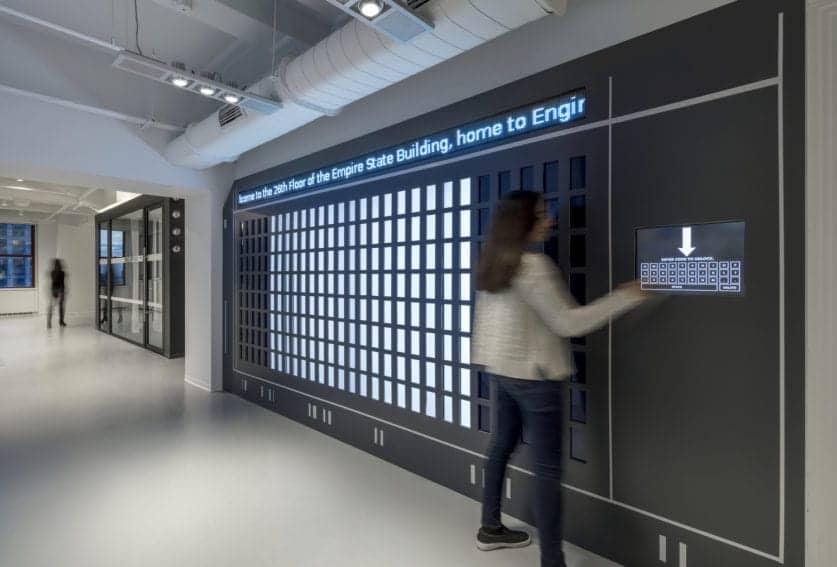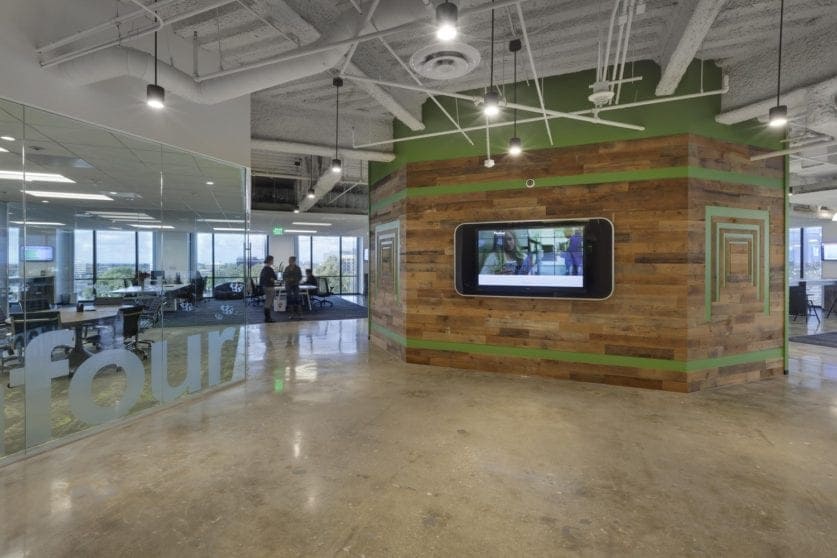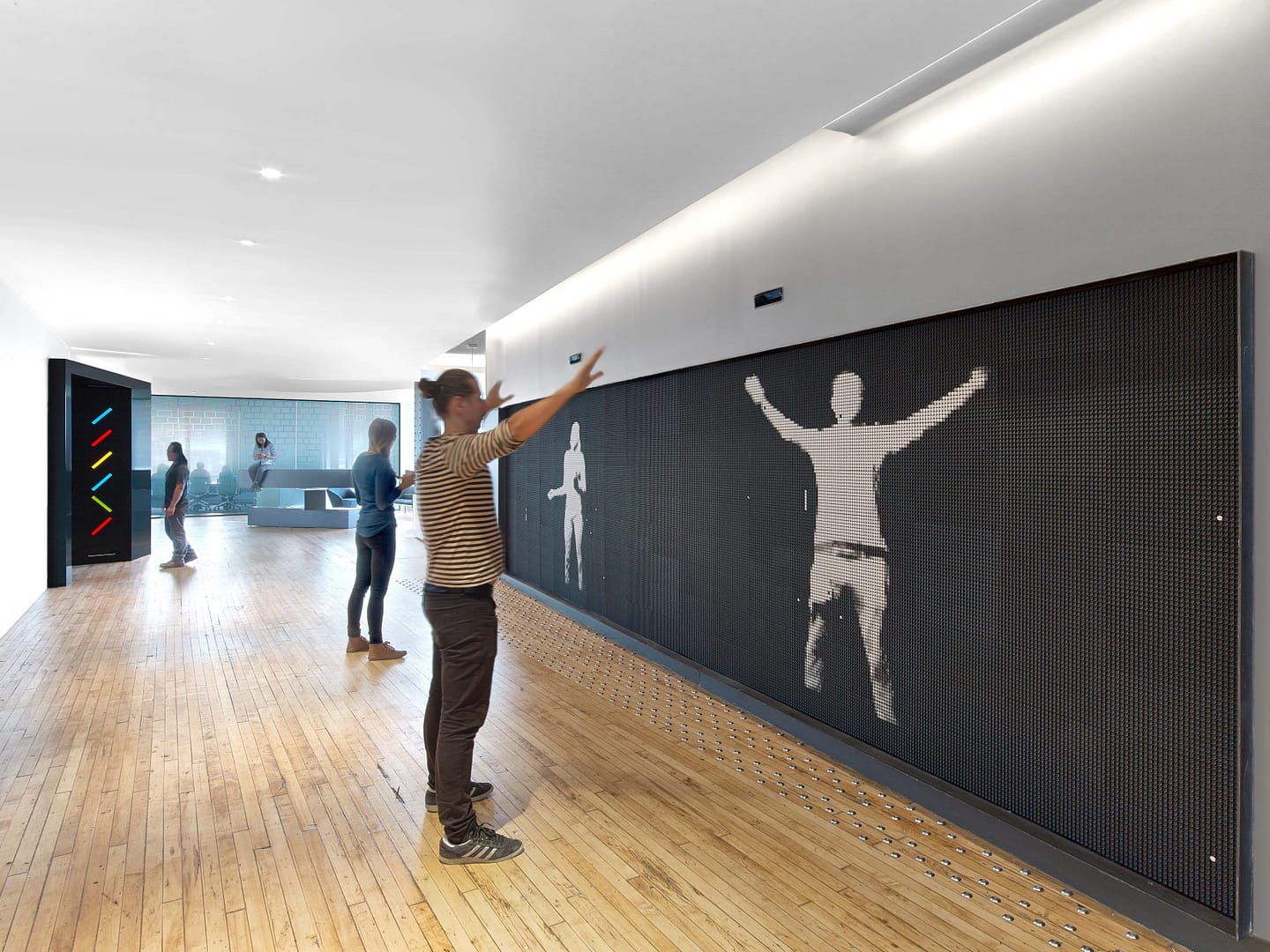More...
By Ali Ucer | Senior Experiential Graphic Designer | September 12, 2017
Enabling human-centric experiences with the aid of technology.
Experiential graphic design (EGD) is meant to foster interaction between users and environments. To create timeless experiences that are neither quickly consumed nor forgotten, technology can be woven into experiences so that it practically becomes hidden, just as individual threads of a garment blend together. Approachable technology is intuitive, speaks for itself, and supports the architectural experience.
As a creative technologist at IA, I blend together the disciplines of art, design, and technology to create experiences that connect users with their work environment.
Far-reaching changes occur when new technology is welcomed into the workplace; culture, language, and even time itself are impacted. Consider life before the modern cell phone; our society has become inextricably dependent on its use, while SMS messaging created a new form of language that millions of people use daily. As we breathlessly await the release of the latest smart phone, memories of how we used to interact with analog phones and each other grow increasingly unrecognizable. When proposing new change agents (i.e. technology) into a work environment, it is vital to create elements and experiences that pull human nature forward and together.
For all of the benefits and advancements that technology has introduced to the modern workplace over the past quarter century, humans’ insatiable appetite for “the next big thing” continues to steer perceptions of technology’s impact and role. Social media is a key driver of this phenomenon; by crystallizing technology as a buzzword, we dilute the true role that technology plays in our lives, both at home and at work. Rather than a useful and reliable complement to the human experience, technology is hailed as a one-size-fits-all solution to the core challenges we face. This is altering human-machine interactions on a scale never before seen. Self-driving cars are a fascinating barometer of the extent to which we have grown comfortable with allowing autonomous machines to direct important aspects of our lives.
To confront a growing technology chaos, we must create more human-centric experiences. Modern workplace trends directly put users at the forefront of design: biophilia speaks to our longing for a connection to the world of living things and wellness initiatives in many offices seek to bring workers together over a yoga break or meditation session. Technology produces similar effects, but only when it is masked behind a memorable experience and not in a lead role. IA’s integrated approach to workplace design allows technology to be a seamless part of any project.
With the effective use of technology, we can create transformative and engaging experiences in the workplace by harnessing environmental data and generating dynamic content that triggers the sense of belonging . With the help of technology, we can finally create interconnected environments not just at a physical level but at a virtual and emotional level. It is our goal to blend the boundaries effectively to convey the unique story of our clients and create timeless experiences. Whether it is an analog or digital application, technology will continue to produce human-centric design.
Want to Learn More?
If you liked reading about incorporating technology into workplace design, then you'll probably like listening to it too! Click below to listen to the Radio IA podcast, "Creative Technology is Transforming Workplaces."
Incorporating technology without losing the human experience - that's good design!




